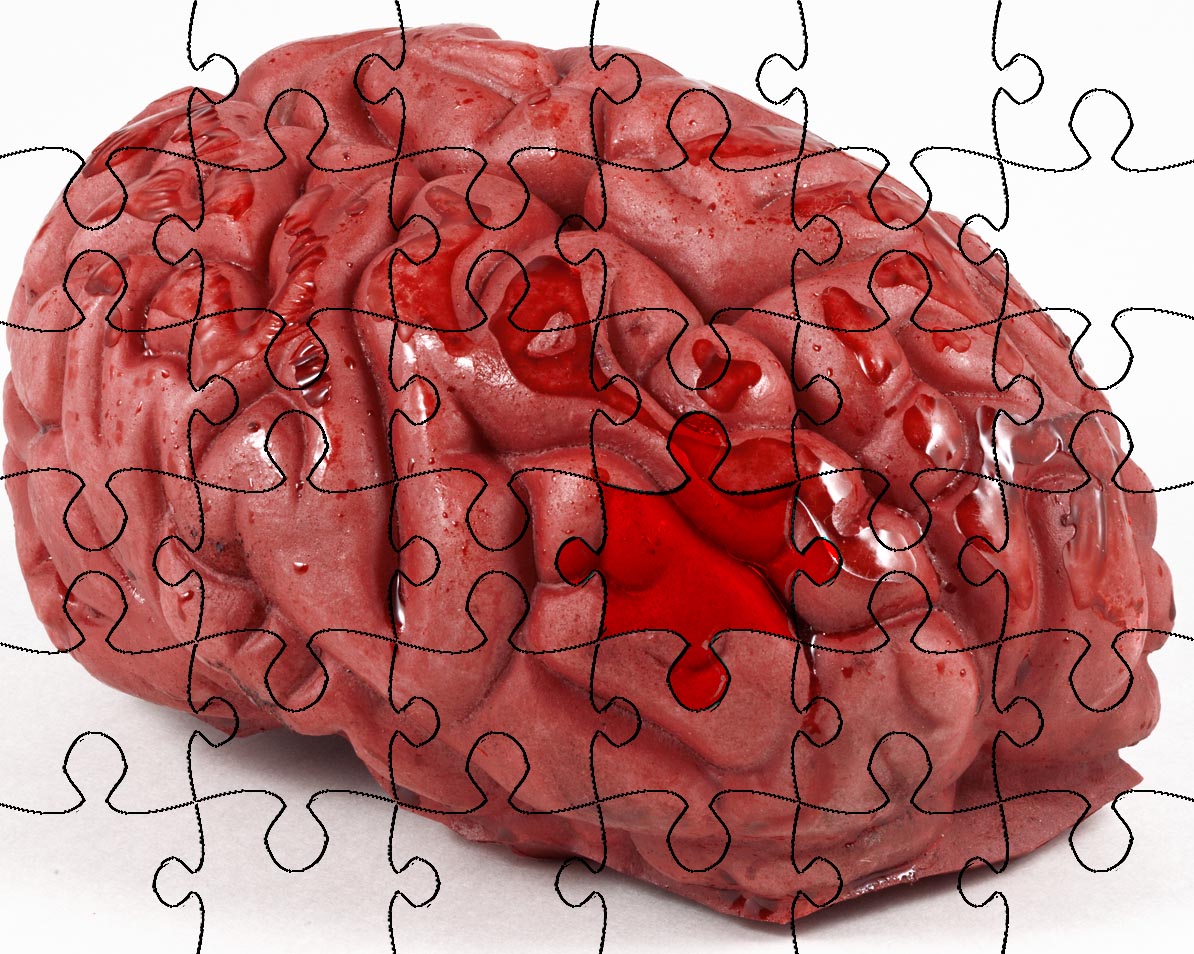How Do Brain Imaging Studies Fit Together?

Brain imaging in autism research is a rapidly growing field. Currently four types of brain imaging studies are done (and it is very likely that new methods will be invented as researchers continue working in the field). Here, we address how these imaging studies fit together.
The four types of brain imaging studies seek to describe completely different aspects of how a brain is put together or how it functions. However, at their core, these studies help us answer two questions: how does the brain work, and what is different about the brain of a person with ASD?
How does the brain work?
Ultimately, we would like to understand which areas of the brain are responsible for each of the behaviors that we can see. To gain such understanding, we need the results from all the types of brain imaging studies. We need to know which brain areas are bigger when we see a certain behavior. We need to know whether a certain connection is disrupted whenever we see a behavior. We need to know how each area functions and what chemicals it uses to communicate with the rest of the brain.
What is different about the brain of a person with ASD?
As we answer the question about how the brain works, we are also painting a picture of exactly what is different about all these aspects in the brain of a person with ASD. This effort is hampered by the fact that ASD represents a constellation of disorders that share some behavioral features. However, as research progresses, it is likely that the brain imaging results themselves will help researchers to separate ASD into smaller, more specific groupings.

